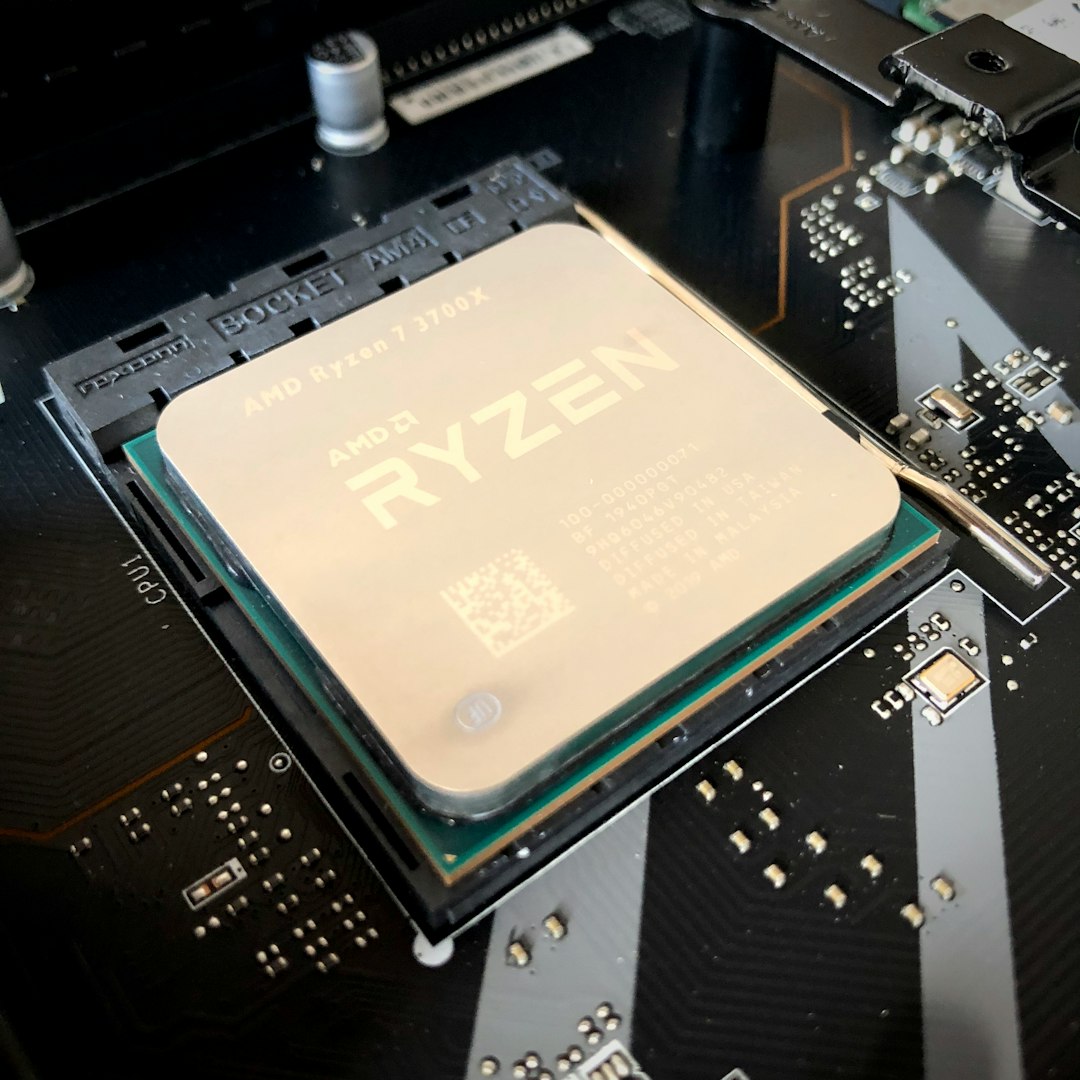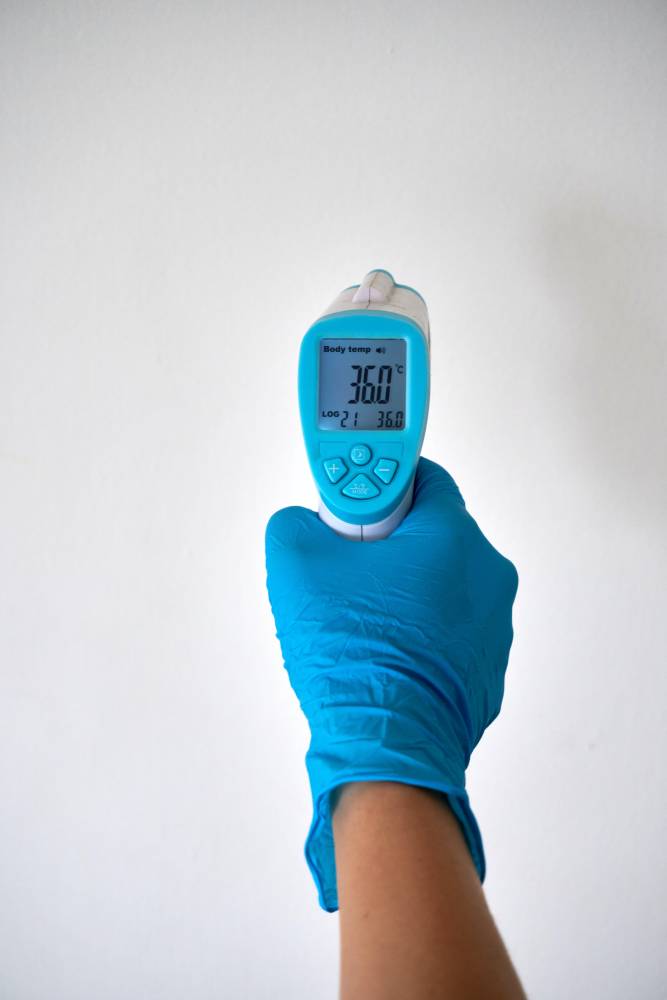Is your PC heating up like a mini volcano? Don’t worry! Keeping track of your CPU’s temperature is easier than you think. Especially if you’re using Windows 11. With the right software, you can make sure your computer stays cool, safe, and snappy.
Here’s a list of the 10 best tools to monitor your CPU core temperature. These apps are fun, simple, and super useful. Let’s dive in!
1. HWMonitor
HWMonitor is a favorite among tech lovers. It shows temperatures, voltages, and fan speeds at a glance. The interface is basic, but the info is golden.

2. Core Temp
Want simple? Core Temp is your buddy. It focuses only on CPU temperatures and shows data per core. You can even add gadgets to your desktop for quick checks.
3. Speccy
Made by the same folks who created CCleaner, Speccy looks clean and works fast. It shows everything from temperatures to your full system specs. Neat and easy!
4. Open Hardware Monitor
This open-source tool is great for geeks and beginners alike. It tracks CPU, GPU, hard drive, and more. The layout is plain but powerful.

5. HWiNFO
This tool is serious business. HWiNFO gives you deep, detailed info. It might look a bit technical, but once you get used to it—wow! Tons of data to explore.
6. Real Temp
Great for Intel CPUs. Real Temp shows you the current, minimum, and maximum temps. It even logs everything, so you can spot trends over time.
7. MSI Afterburner
Originally for graphics tuning, MSI Afterburner also shows CPU temps. Bonus: you can see real-time data while gaming. It’s powerful and kind of cool to look at.
8. NZXT CAM
Want something modern and sleek? NZXT CAM has a beautiful interface. It tracks CPU load, temperature, RAM use, and more. Plus, it works great with NZXT hardware.
9. AIDA64 Extreme
This one’s for the tech pros. AIDA64 dives deep into diagnostics and monitoring. You get thermal readings, system stability, and detailed reports.

10. Rainmeter (with CPU skins)
Rainmeter isn’t a temp tool by itself. But add a CPU skin, and BAM—you’ve got a stylish desktop monitor. Great if you like your computer to look cool while staying cool.
Why Should You Monitor Your CPU Temperature?
- Prevent overheating
- Boost performance
- Make your system last longer
Overheating can slow down your PC or even cause damage. If your CPU runs hot often, it could mean dust, poor airflow, or too many background apps.
What’s a Good Temperature?
Here’s a quick cheat sheet:
- 30°C to 50°C: Cool and happy
- 50°C to 70°C: Normal under load
- 70°C to 85°C: Getting warm
- Above 85°C: Time to panic (or clean fans)
Quick Tips to Lower CPU Temps
- Clean your PC regularly
- Make sure air can flow inside the case
- Use thermal paste if necessary
- Close unused apps and background tasks
- Consider better cooling solutions
So, what are you waiting for? Choose one of these cool tools and start keeping tabs on your CPU temps. Your PC will thank you—and maybe even run faster!




